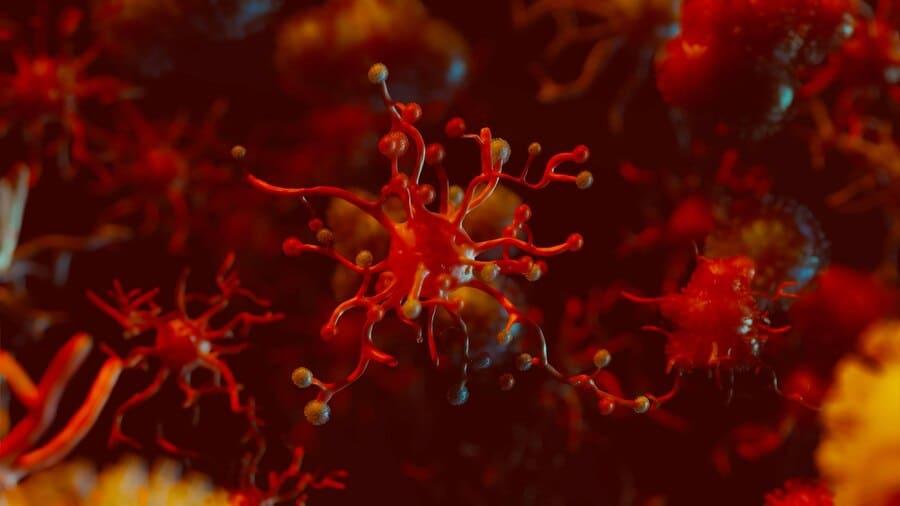KEY TAKEAWAYS
- This study aimed to identify clinically significant microRNA sets using EVs from patients with AML and identify genes interacting with these EV-derived miRNAs.
- Researchers reported that EV-derived miRNAs can be used as biomarkers for AML risk stratification and prognosis.
Acute myeloid leukemia (AML) is a malignant disease of the blood and bone marrow (BM). The use of extracellular vesicles (EVs) and their associated microRNAs (miRNAs) has emerged as a promising strategy for identifying potential biomarkers for AML. EVs are nano-sized vesicles secreted by cells, and they carry a diverse cargo of bioactive molecules, including miRNAs, that can influence the recipient cells.
Ka-Won Kang and the team aimed to characterise the EV-derived miRNA profiles in patients with AML to identify potential biomarkers for risk stratification and prognosis. They aimed to aimed to establish clinically significant miRNA sets using EVs from BM aspirates of patients with AML, and to identify the genes that interact with these EV-derived miRNAs in AML.
BM aspirates were collected from 32 patients with AML at the time of AML diagnosis. EVs were isolated using size-exclusion chromatography. A total of 965 EV-derived miRNAs were identified in all the sample. The expression levels of these EV-derived miRNAs of the favourable (n = 10) and non-favourable (n = 22) risk groups were analyzed.
Researchers identified 32 differentially expressed EV-derived miRNAs in the non-favourable risk group. The correlation of these miRNAs with risk stratification and patient survival was analyzed using the information of patients with AML from The Cancer Genome Atlas (TCGA) database.
Of the miRNAs with downregulated expression in the non-favourable risk group, hsa-miR-181b and hsa-miR-143 were correlated with non-favourable risk and short overall survival (OS).
Regarding the miRNAs with upregulated expression in the non-favourable risk group, hsa-miR-188 and hsa-miR-501 were correlated with non-favourable risk and could predict poor survival. Through EV-derived miRNAs-mRNA network analysis using TCGA database, they identified 21 mRNAs that could be potential poor prognosis biomarker.
Overall, the findings revealed that EV-derived miRNAs can serve as biomarkers for risk stratification and prognosis in AML. In addition, these EV-derived miRNA-based bioinformatic analyses could help efficiently identify mRNAs with biomarker potential, similar to the previous cell-based approach.
This research was supported by a grant from the Seoul R&BD Program through the Seoul Business Agency (SBA) funded by the Seoul Metropolitan Government (grant number: BT210040), and the National Research Foundation of Korea (NRF) grant funded by the Korean Government (MSIT) (grant number: NRF-2022R1G1A1006030). This research was also supported by a grant from Korea University (grant number: K2110281).
Source: https://pubmed.ncbi.nlm.nih.gov/39178208/
Kang KW, Gim JA, Hong S, et al. (2024). “Use of extracellular vesicle microRNA profiles in patients with acute myeloid leukemia for the identification of novel biomarkers.” PLoS One. 2024;19(8):e0306962. Published 2024 Aug 23. doi:10.1371/journal.pone.0306962



